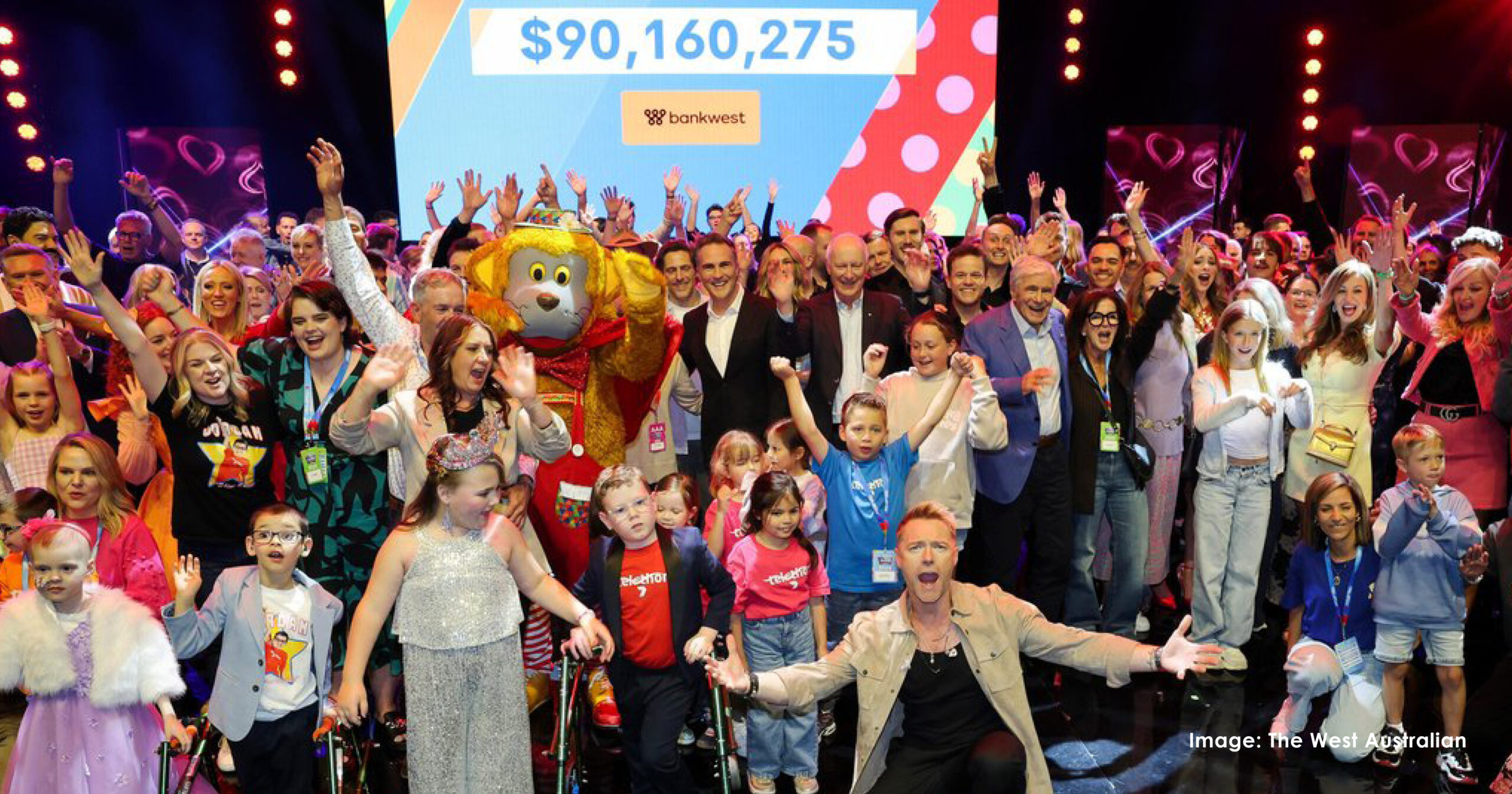A Perth medical research company is capturing electronic data from patients involved in ground-breaking clinical trials and says the quick results can be the difference between life and death.
Linear Clinical Research director Dr Michael Winlo said capturing patients’ electronic data on a clinical trial meant healthcare providers could immediately see what effect medication was having – whether that be good or bad.
“It means if someone is undergoing a trial we can see immediately what the medication is doing to their body, whether we need to change the dosage or stop altogether,” said Dr Winlo.
“It also means that the pharmaceutical company sponsoring the trial can see results in real time,” he said.
Dr Winlo said Perth was at the forefront of electronic data capture in Australia and around the globe – which meant better health data analysis, leading to a range of benefits to both patients and providers.
“We will soon be the only clinical research centre in Australia providing this kind of technology to major international pharmaceutical and bio-tech companies sponsoring medical trials,” he said.

Dr Winlo said the electronic system could provide potentially lifesaving access to reports about medication, allergies, laboratory tests and chronic conditions and will save money and improve Australia’s health care system.
“The software we use to data capture is incredibly comprehensive and detailed,” said Dr Winlo.
“Since Linear Clinical Research was established in Perth in 2010, we have carried out 170 clinical trials on general participants and 180 oncology patients, who are in the advanced stages of cancer and can no longer rely on conventional treatment options,” he said.
“We’re on a mission to fast-track the development of life-changing therapies and that is why electronic data capture is so important. It really can make the difference between life and death.”
Dr Winlo said there were several benefits of electronic data capture.
- Quickening the process of drug development. By inputting and analysing data faster and speeding up the possibility of patients receiving new treatments.
- Reducing the risk of harm or illness to a participant or patient on a trial as it highlights any adverse events at an earlier stage. If a patient is responding in an adverse way to a drug, investigations can take place immediately.
- Patients can track trial data themselves. Image recognition can detect if people involved in home-based trials are in fact swallowing the drugs as prescribed. Participants and patients will feel more comfortable disclosing information by imputing it directly onto a device.
- It allows for better accuracy. Logging information manually on paper is more open to errors, paperwork can get lost or patients and participants may forget about symptoms which occurred. It can also be a tedious process.
- Patients can read information in their native language as the information can be customised to suit their own dialect.
Dr Winlo said there’s a common misconception there are too many barriers to electronic data capture with concerns over cost, resistance to change and lack of technical knowledge.
But he’s quick to highlight the huge benefits which outweigh any concerns, notably time reduction, better data quality and long-term cost-effectiveness.
To find out more about the use of electronic data capture for clinicals trials visit Linear Clinical Research.



